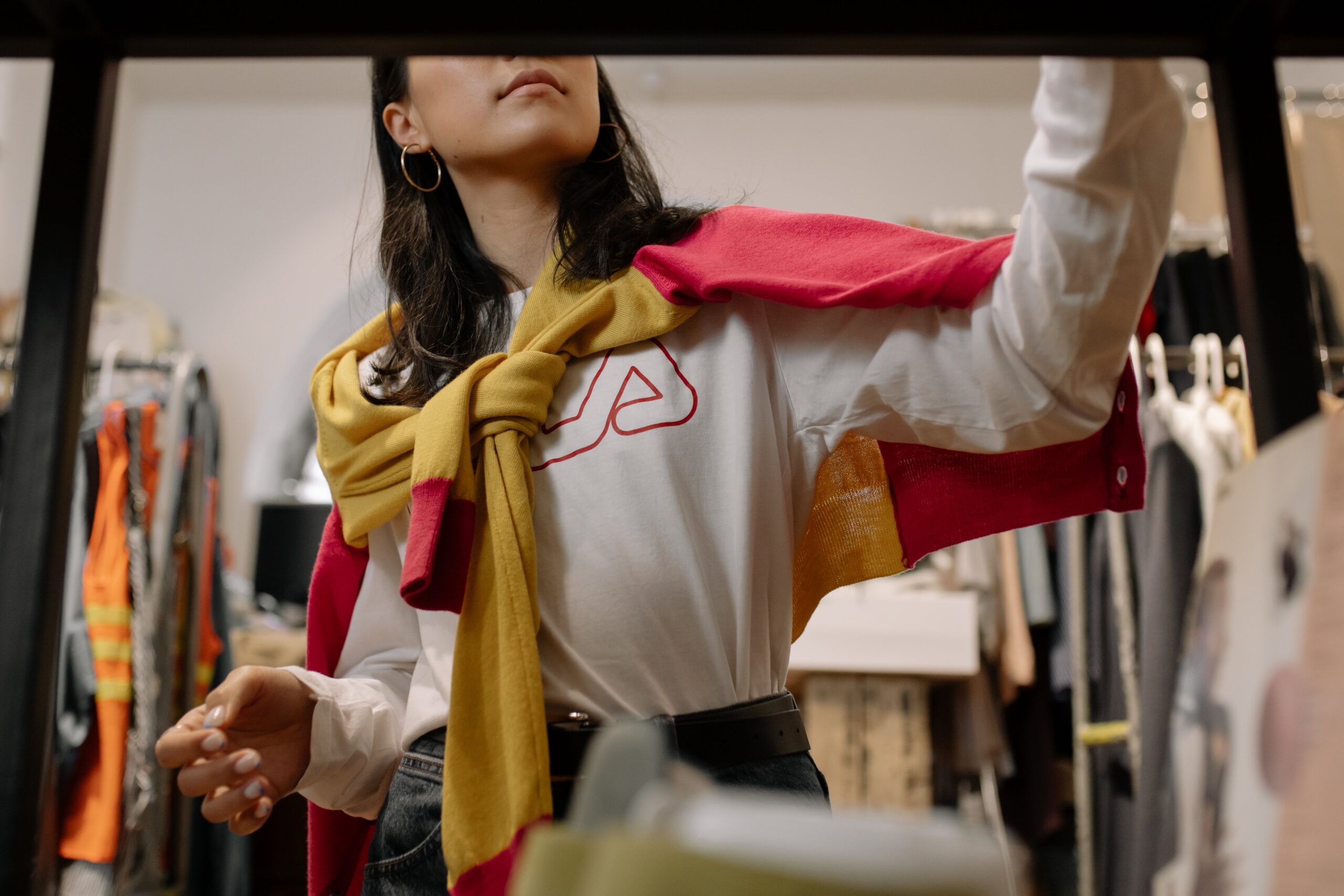The mass production of individuality
In some ways we are forever jeopardized by our own taste. When at the last Met Gala Olivia Wilde and Margaret Zhang wore the same dress in different colors the very dress was quickly forgotten (perhaps rightfully so) while there were a ton of articles commenting on their non-negative attitude towards the situation.
The understanding being apparently that it’s something naturally embarrassing or at least uncomfortable to wear the same thing as somebody else to the same event.
And as much as commenting on someone wearing the same thing as us is rather trivial, it’s also a striking reminder that in a world of mass-produced goods we all strive to have something one of a kind. Our clothes are our canvas when introducing ourselves to the world.
Being basic and typical isn’t what dreams are made of and the potential danger is always there, looming in the shadows, waiting to stick out its mass produced head at the least appropriate moment.
Unless of course, we shop second-hand. Now, that is a whole other story.
How consumption conquered the Self
While not all of us may be haunted by the horror of wearing the same thing as somebody else, there is an always present satisfaction in owning something unique. In the last decade or perhaps fifteen years thrifting has become an affordable way to achieve the unachievable – luxury in the form of a sense of individuality.
Shopping second-hand obviously isn’t the only way to go against the system that puts workers’ rights and our planet on the last place but it is perhaps the one most available to the masses.
As studies show – when constructing our identity through consumption we put emphasis just as much on distancing the self from certain meanings and messages as we do on aligning the self with others.
Not only do we think of ourselves as conscious and aware customers when we buy from sustainable sources, but we also build our identity as exactly that around not buying that super cheap Primark t-shirt just because it’s on sale.
Besides the impact thrifting can have on our identity as the tool to distance the self from concepts we don’t agree with, it can also play a huge part in building our own style which will thus reflect who we are – and who we are is amazing, beautiful and unique. Obviously.
The idea that we dress in accordance to our values and personality is something rather obvious and well-documented but it seems to be getting harder and harder when we are constantly influenced by microtrends and one-photo influencers.
The tale of fashion taste in a tasteless world
It is however a little different with second-hand stores. When we walk into a thrift shop we are surrounded by clothes and shoes and accessories from multiple seasons and years and sources and so we are automatically forced to make decisions ourselves.
The assortment of the products is not curated with the thought of specific trends in mind. The products weren’t designed to match with the latest fashion. And so we actually have to ask ourselves why we like and want to have that specific piece.
And sure, perhaps it’s a dupe for something we really wanted and can’t afford or haven’t found yet, but I honestly think there’s something rather freeing in selecting stuff we just like.
It might be something way out of your comfort zone or something you haven’t seen others style the way you want to. It may be totally basic as well – a well-structured white button-up or properly high-waisted black trousers for work.
When thrifting we can kind of let go of all the expectations we have for what we should like and wear and pretty much browse through thousands of clothes and check what feels me above all else.
The gold mine called thrift store
The pure joy of finding something you like and it being a total steal and trying it on and finding out that it fits you at the same time… Now, that’s the stuff the dreams are made of. At least mine.
For some people though that’s the biggest problem when attempting to shop second-hand – “What if I like it but it’s not my size?”.
Obviously, that’s disappointing but let’s not forget the tailors. Second-hands usually allow us to spend a little or a lot less on clothes, so it might be a great opportunity to have something tailored just for you. And you get to support your local community which is a great bonus if you ask me.
And one more thing. Perhaps the one I love about thrifting the most and that gives me personally that second-hand shopping high. It’s not uncommon for regular thrifties like me to hunt for something specific for a long time and have a hard time finding it.
Sometimes you find it like it’s been waiting just for you. Sometimes it takes time. Sometimes you don’t find it all and buy it some other way or simply move on. But whenever you do buy second-hand, whether it’s that item you’ve been looking for or a totally spontaneous purchase you fell in love with at first sight – it always feels like a prize.
We walk in knowing we may not find anything so when we do find something just perfect it’s unique and it’s luxurious in that sense, but most of all it’s ours.



